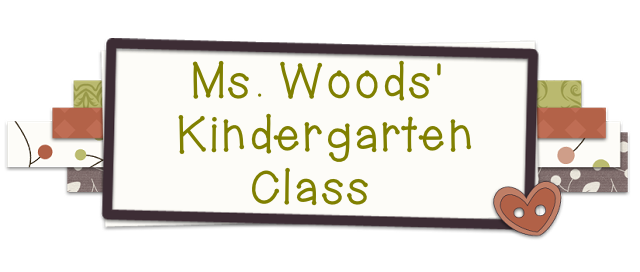I wish we could keep them for longer, but since our classroom isn't a great permanent home for chickens, we found a home for these five on a local farm. Here are some pictures of us studying the chicks!
Wednesday, April 27, 2016
Our baby chicks!
We have been learning a lot about life cycles this spring, and we were lucky enough to be able to raise baby chicks! We got eggs from the university, when they were 18 days into incubation. Eggs typically hatch after 21 days, and we got to witness it! Once they got their downy fur, the kindergarteners were able to hold them for a brief moment.
I wish we could keep them for longer, but since our classroom isn't a great permanent home for chickens, we found a home for these five on a local farm. Here are some pictures of us studying the chicks!
I wish we could keep them for longer, but since our classroom isn't a great permanent home for chickens, we found a home for these five on a local farm. Here are some pictures of us studying the chicks!
Sunday, April 17, 2016
Field trip to the children's museum
We had such a fun field trip on Thursday! We got to spend a few hours at the children's museum downtown, and then eat lunch in the capitol. It was a beautiful spring day, and the kids had so much fun exploring and learning. Thanks to all of our chaperones! (I tried to get a picture of everyone at the museum but may have missed a few kids since we split up into groups.)
Sunday, April 10, 2016
Garbage: a math game to play at home
One very important math concept for kindergarteners to learn is number order. We hope that they are able to place numbers on a number line, which looks something like this:
We also hope they master what's called "hierarchical inclusion," meaning that they know that numbers build by one at a time. For example, if I said "5," I hope they can see and understand that 5 is one more than 4, and one less than 6, and picture those numbers in order. We do lots of games and activities with number lines and counting to help them develop these understandings.
We also work a lot with what is called a "ten frame." Ten is the most important number in our Base 10 number system, so we spend a lot of time becoming familiar with it in kindergarten (and every grade after that...). One way for kids to be comfortable with ten is to use a ten frame when we work with numbers. Here is a picture of a ten frame, which is essentially two rows of five boxes.
To represent a number, we fill in the boxes with the corresponding number of dots. Here is a ten frame for the number 6.
We also work a lot with what is called a "ten frame." Ten is the most important number in our Base 10 number system, so we spend a lot of time becoming familiar with it in kindergarten (and every grade after that...). One way for kids to be comfortable with ten is to use a ten frame when we work with numbers. Here is a picture of a ten frame, which is essentially two rows of five boxes.
To represent a number, we fill in the boxes with the corresponding number of dots. Here is a ten frame for the number 6.
We do many games using ten frames at school, but I wanted to pass one along that can be done at home using a regular deck of cards! This game is called Garbage, and it's a great exercise for kids to become familiar with both ten frames and number order.
The game is somewhat complicated to explain in this short blog post, so instructions for how to play can be found here. But most likely, if you put a deck of cards in front of your kindergartener and ask them to teach you how to play Garbage, they'll be able to tell you with ease! We have been playing often, and the kids love it. (One thing to note: You may need to teach them that jacks, queens, and kings can be used as "10s." The decks of cards we play with at school are math cards, so they have numbers written on them instead of a regular card face.)
Here are some pictures of kindergarteners eagerly playing Garbage with their math partners!
Subscribe to:
Posts (Atom)

























































